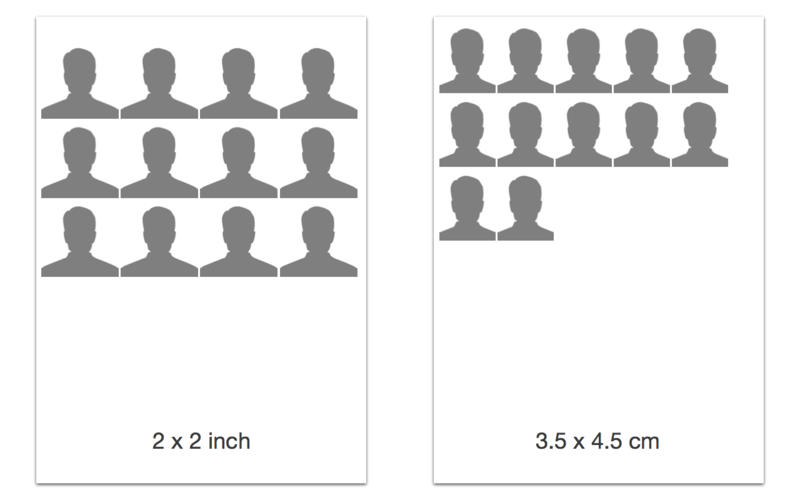

Photoactivation occurs, there is lesser activity following

Nanometer scale.6 Because light can be delivered in stepįunction fashion, and in the absence of light, no further Much faster and may allow for spatial resolution on the Via delivery of the inducer, light-based triggers are potentially These approaches do add a level of dose and temporal control Inducible endogenous expression of hairpin RNA.4,5 While Some techniques shown to control RNAi use chemically To both spatial and temporal control over gene silencing. RNAi therapeutics, less progress has been made with respect Although improving pharmacological efficacy throughĬhemical modification is important for the realization of Modifications that optimize RNA lipophilicity, increaseĭuplex stability, or impart nuclease resistance to achieve theseĪims. E-mail: address: Investigen, Inc., Hercules, CA 94547. Todd Monroe, PhD, PE, 149 EBĭoran Bldg., Biological and Agricultural Engineering Department, Louisiana State University and the LSU AgriculturalĬenter, Baton Rouge, LA 70803. Of siRNAs, many have explored the use of chemical Of silencing.3 In the common effort of expanding the utility Knockdown of the targe t gene, and maximize the duration Systemically or directly to the intended tissue, exhibit specific Therapeutic, the siRNA must be efficiently delivered either Potent regulators of gene expression than traditional antisenseĬompounds.1 Many nucleic acid chemical modifications haveīeen attempted to improve the pharmacological properties Such as small interfering RNAs (siRNAs), are generally more Therapeutic settings because the small molecule effectors, RNAi has gained attention in laboratory and Molecules to silence gene expression has spawned a revolution in genetic manipulation that is poised to have significantĬlinical impact. Since its discovery a decade ago, the use of RNA Keywords: Caged siRNA photoactivation UVA light targeted gene silencing This light-controllable strategy has potential applications for precisely probingĭeveloping biological systems and eventually enabling targeted gene-silencing therapeutics. Randomly or site-specifically, to demonstrate various forms of gene expression regulation in Photochemical properties of cage compounds and strategies for their use, attached either RNAi effectors enable both spatial and temporal targeting of a dosed release of gene silencingĪgents by directed light exposure that photocleaves the cage moieties. Oligonucleotides that block their bioactivity until exposure to near-ultraviolet light. Photocaging is one specific class of modifications for silencing Received MaRevised Manuscript Received ApAccepted April 16, 2009Ībstract: Various strategies have been employed to achieve control over delivery of siRNA LSU Agricultural Center, Baton Rouge, Louisiana 70803 Todd Monroe*ĭepartment of Biological and Agricultural Engineering, Louisiana State UniVersity and the Caged siRNAs for Spatiotemporal Control of Gene


 0 kommentar(er)
0 kommentar(er)
